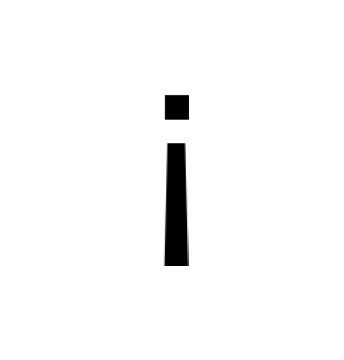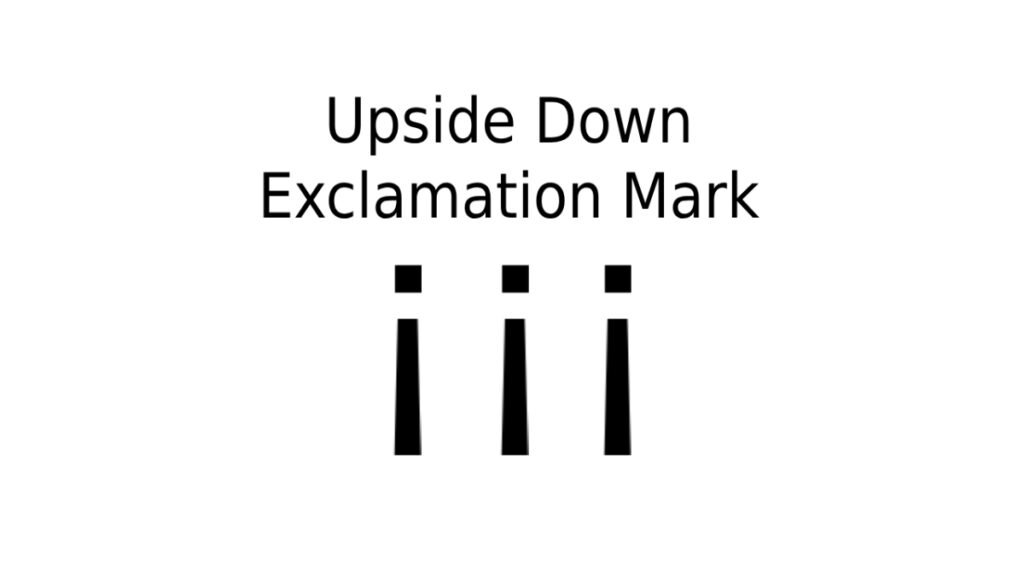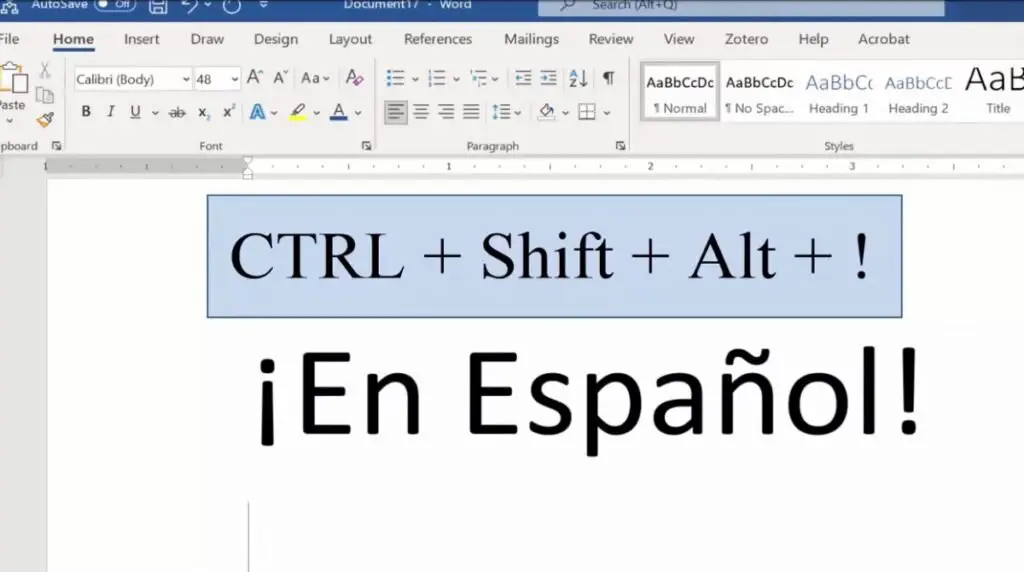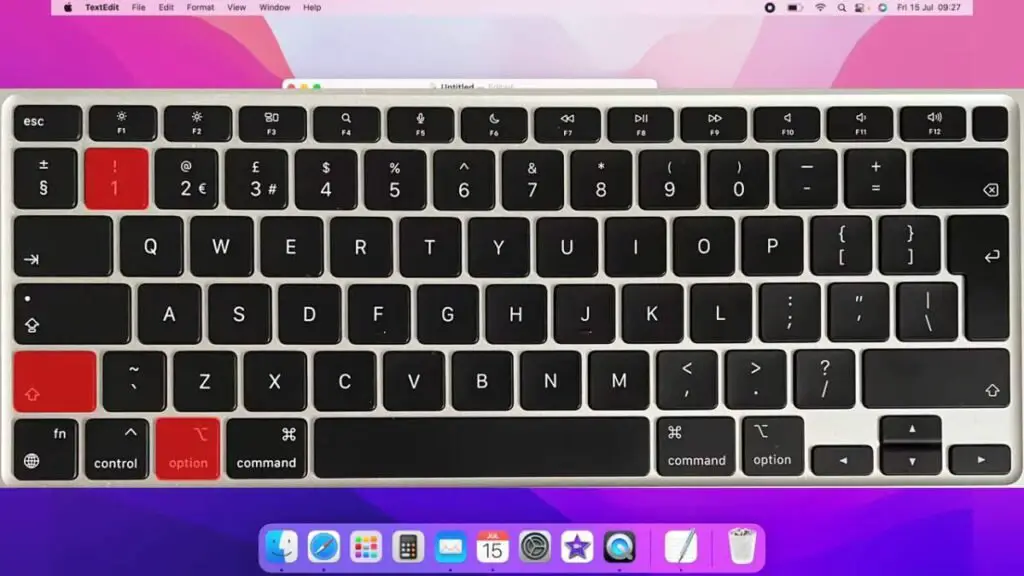Upside Down Exclamation Mark Point: In fact, until 2014, in the Spanish language, the sign was indicated in dictionaries as an “exclamation mark,” although everyone already called it an “exclamation mark.” The sign was officially renamed because, according to several authors, admiration is only one of the many emotions that can be expressed when using it; the important thing was the tone of exclamation.
Upside Down Exclamation Mark Copy and Paste
Already in the dictionary of 1726, the normal exclamation mark (!) appeared, while the inverted one had to wait until 1770. It was indicated as “¡” on the contrary “and followed the same rules as the question mark.
Upside Down Exclamation Point – And the other languages?

There was an attempt by the Anglican philologist John Wilkins, author of “An Essay Concerning a Real Person and a Philosophical Language.” Wilkins proposed using the sign “¡” to denote irony. Nobody took him seriously.
Exclamation points are created to enclose statements and express feelings of amazement or dazzlement. As their name suggests, an exclamation point means a strong emotion that highlights or emphasizes something.
These signs are essential in all dialects when speaking and expressing oneself since they give the correct intonation to sentences. Exclamatives are used for exclamation phrases or statements. In this case, they are written as follows: the opening sign with the point facing up and the closing sign with the point facing down.
¡Estoy muy feliz que esté aquí! – I’m very happy you’re here!
¡Feliz cumpleaños Pablo! – Happy birthday Pablo!
¡Ay me dolió! – Oh it hurt me!
¡Esa es la actitud indicada! – That’s the right attitude!
¡Eres un amor! – You’re sweet!
Like upside down question marks, these are two double spelling marks (¡), one opening and one closing. In this way, in Spanish, they are not allowed to be used separately. The opening sign is usually omitted in other languages , such as English, French, or Italian. However, this practice should be avoided when setting an example of correct spelling.
¡Qué bueno es verte! ✓ – How good it is to see you! ✓
¡Qué lindo día hace hoy! ✓ – What a nice day it is today! ✓
¡Buen día! ✓ – Good morning! ✓
Use of upside-down exclamation points in Spanish
There are various linguistic uses of exclamations, which is why some considerations must be taken into account:

These can be used in different intersections and in interjective sentences, including Appellative, expressive, representative, and onomatopoeic interjections.
¡Oh! – Oh!
¡Guau! – Wow!
¡Eh! – Hey!
They are used to express irony, surprise, and exclamatory phrases in all senses.
They are used in literature, dialogues, or rhetoric. They are generally used to express a strong emotion and interpreted with a certain intonation. They usually appear in phrases with vocatives (words that function as naming things or people in a sentence).
Rules for using upside down exclamation mark in Spanish
Exclamatives, like interrogatives, are double signs that must be used similarly. They cannot be separated in their writing. Many people do not know how to use them and tend to place them backward or open and close with the same sign. This type of action is a spelling mistake.
They are written next to the first and last word of the statement they represent. However, they must be written separately from the words that precede them. If it has a punctuation mark after it, a space should not be left but has a space in front.
With the use of vocative
There are various examples of the use of vocatives. In this case, the exclamatives are written in fuero for the dependent clauses. However, subordinate vocatives usually appear at the end of the sentence. In this way, they remain within exclamatory pronunciation as well as within the signs themselves.
To write multiple exclamatory sentences, they are viewed as independent sentences or part of the same context. If they are part of the context, they must be written with a like or a dot and how and in lowercase if applicable.
Now, if they are independent, each exclamatory sentence must be separated, and each one must begin with a capital letter.
In cases where exclamatory sentences consist of duplicated words, the opening sign should normally appear in the first word and the closing sign in the last duplicated word.
When you decide to express yourself with a lot of emotion, you usually write with several exclamation points at the beginning and end. These cases are generally exposed in literary works and dialogues.
Importance of using upside down exclamation
Using all punctuation marks is important to give the context the appropriate meaning. However, currently, these are not considered typical writing styles. There have been cases in which punctuation marks are no longer part of our daily writing. This is why Spanish speakers have lost linguistic values. Each punctuation mark is important; in this case, the exclamation marks are indicated to impact a phrase or statement appropriately. Without them, we could not give the exact meaning of surprise, anger, happiness, and other things that we want to contribute. Its use is important to make sense of our context and obtain good reading comprehension.
How to put an Upside-Down Exclamation Point in Microsoft Word

To insert an upside-down exclamation point in Microsoft Word, you can follow these steps:
- Place your cursor where you want to insert the upside-down exclamation point.
- Press and hold down the “Ctrl + Shift + Alt” keys simultaneously.
- While holding down those keys, press the exclamation point key (!) on your keyboard (which is usually located above the number 1 key).
- Release all the keys.
- You should now see the upside-down exclamation point inserted into your document.
Alternatively, you can copy an upside-down exclamation point from our Upside Down Text generator and paste it into your Word document.
How to Type Upside Down Exclamation Point on Mac

To type an upside-down exclamation point on a Mac, follow these steps:
- Open a text document or any application where you can type.
- Locate the number one key on your keyboard.
- Press and hold down the “Shift” and “Option” keys simultaneously.
- While holding down “Shift” and “Option”, press the number one key.
This will result in typing the upside-down exclamation point. It’s a simple combination that can be used in various applications on your Mac.
FAQ
Who uses upside down exclamation mark?
In Spanish, an upside-down exclamation mark (¡) is used at the beginning of exclamatory sentences. It’s a punctuation mark unique to the Spanish language.
What is upside down exclamation mark called?
It’s called an “inverted exclamation mark” or “upside-down exclamation mark.”
What is upside down exclamation alt code?
To type the upside-down exclamation mark “¡” on Windows, hold down the “Alt” key and type “173” on your keyboard.
How to type upside down exclamation mark on chromebook?
To type an upside-down exclamation mark on a Chromebook, hold down the AltGr key and press the exclamation mark (!) key.
How to make an upside-down exclamation mark on google docs?
To make an upside-down exclamation mark on Google Docs, go to the “Insert” tab, then choose “Special characters” from the menu. From there, select punctuation and you’ll find the upside-down exclamation mark!
More Sources:
Why is Spanish the only language that uses double question marks (?) and exclamation marks (!)